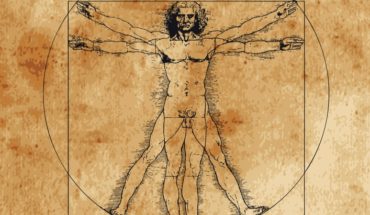Poliomyelitis, or Polio, as it is more commonly known, is one of the world’s best-known diseases. Having famously been contracted by Frida Kahlo, Neil Young and even Franklin Roosevelt, Polio was endemic throughout much of the 20th Century. However, one of the most successful vaccination campaigns in history has all but seen off Polio, with just 74 cases recorded last year, and just Afghanistan and Pakistan left as Polio endemic countries.
While the vaccination campaign is undoubtedly a huge triumph for medicine, the battle against Polio is not yet won. Members of the public and medical professionals alike are now unfamiliar with the symptoms of Polio and when it comes to Post Polio Syndrome (PPS) even less so.
Post Polio Syndrome is a badly misunderstood condition. Just seven per cent of the UK public have heard of PPS. That’s despite 120,000 living with PPS in the UK today – a similar number to Parkinson’s, which 86 per cent of the public are familiar with. Even more alarmingly, this lack of awareness also translates to the medical profession, where just 55 per cent of GPs feel able to diagnose the condition, and 18 per cent of GPs did not know how to manage the fever, fatigue, pain and breathing difficulties which characterise the condition when it is diagnosed.
A large part of my job as CEO of The British Polio Fellowship is to try and spread awareness of Polio and PPS – both among the medical profession and the public at large. Given that 80 per cent of people who have had Polio are likely to contract PPS, it is an important job both now and for the future, both here in Britain and abroad.
PPS symptoms include cold intolerance, increasing weakness, muscle and joint pain, stamina problems, sleep disturbance, breathing problems, swallowing problems, fatigue and pain. As you may notice, many of these symptoms cross over with other conditions, causing real problems with misdiagnosis, something which is only impounded by the similarity of the symptoms to common signs of ageing. Matters are made even more confusing by the similarities between PPS and Chronic Fatigue Syndrome, a condition which it shares much in common with.
Diagnosing PPS can, therefore, be extremely difficult, with symptoms often hard to separate from complications arising from the original infection. There is no laboratory test for PPS, nor are there any specific diagnostic criteria. Instead, three key criteria are required to diagnose PPS: previous diagnosis of Polio, long interval after recovery and the gradual onset of weakness.
When PPS is finally diagnosed, there is no silver bullet or magic treatment. Instead, PPS can only be managed. While this outcome is not perfect for those living with the condition, much can be done to alleviate the pain it causes, as properly managed, PPS may stabilise or only progress slowly. Much can be done to retain independence, including appropriate treatment for symptoms, self-management strategies such as pacing and energy management, appropriate use of adaptive equipment, looking after your general health, and social and emotional support.
Currently, there are no UK specific guidelines to managing PPS, which means that access to appropriate services for people with PPS can vary greatly. To help combat this problem, The British Polio Fellowship produced a new document entitled Post Polio Syndrome: A Guide to Management for Healthcare Professionals. This ground-breaking document is the first of its kind, and was produced with assistance from leading experts in the field. I hope it signals the start of a better understanding of PPS, and if just one person receives better care as a result of that document, then it will have done its job.
With the aforementioned document, and campaigns such as PPS Day, which we also run, The British Polio Fellowship take a two-pronged approach to PPS, providing both practical advice to members and helping to spread awareness of the condition. As time goes on, we are likely to see more and more people living with PPS, particularly in the developing world. I hope that by then, we will have made some serious headway into making the world aware of what has become the forgotten footnote of Polio. While Polio is one of the world’s most recognised diseases, PPS sits in the shadows – and yet the reality is now, that PPS causes much more pain and suffering. The battle against Polio may be all but over, but the war is not won. It is now time for us all to focus our efforts on tackling, managing and understanding PPS.
http://www.polioeradication.org/Keycountries.aspx
http://www.bbc.co.uk/news/health-36055507
- Post Polio Syndrome: What is it, and why does it matter? - 13th May 2016






